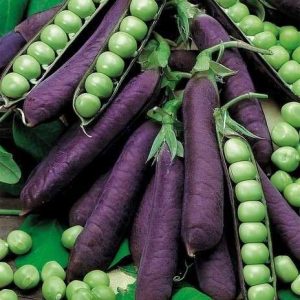What is LAM?
It is a sticky, transparent and shiny substance, which appears on the surface of the leaves, if there is presence of this, it is a sign that there is a pest that is affecting our plants.
Why does molasses COME OUT in our plants?
When honeydew is present, it is a sign that a pest is affecting the plant. Just take a look at the underside of the leaves or check the plant and you will probably find mealybugs, aphids or whiteflies.

These three pests are stinging and sap-sucking insects. When they sting, they enter plant tissues, absorbing nutrients and injecting toxins. Consequently, through their excrement they produce molasses-molasses.
How does molasses AFFECT our plants?
It does not affect the plant beyond being an excrement of the insects that affect it, but the molasses itself is a breeding ground for other pests and diseases that we try to explain here.
Fumagina or black mold develops on the honeydew, which looks like black felt and is a saprophytic fungus that prevents plant photosynthesis. Therefore, if the pest that is affecting our plant is not fought quickly, pests and diseases will be unleashed in succession.

It should not be forgotten that aphids are transmitters of viruses and that lesta attracts honeydew ants that protect mealybugs and aphids from their natural enemies (wasps and ladybugs). Fumagina can cover leaves, fruits and stems with black felt, reducing the plant’s ability to receive sunlight and photosynthesis and impairing chlorophyll function.
How to ELIMINATE molasses naturally?


